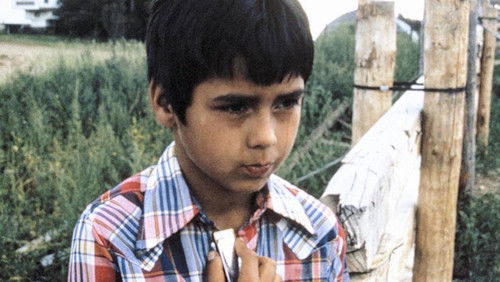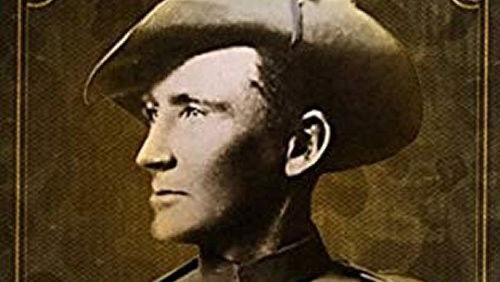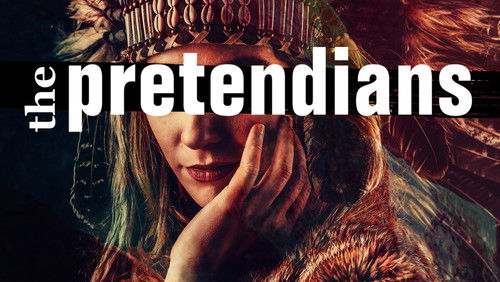Daughter Rite (1980)
32KDaughter Rite (1980). 49m
“Michelle Citron manipulates home movie footage in DAUGHTER-RITE (1980) to get viewers to understand the narratoru0026#39;s inability to move past memories that continually loop in her mind. These looping images (memories), sometimes moving in reverse, but always in a sort of copped-up fashion prompts the viewer to contemplate the difficultly one encounters whilst remembering memories from oneu0026#39;s childhood in an exact, photographic reminiscence. Eeriness dominates Citronu0026#39;s images despite the happy grins and playfulness of the children — it is assumed, alongside the narration, that under the happiness there is much confusion and pain.u003cbr/u003eu003cbr/u003eAndre Bazin argues in his essay, u0026quot;The Ontology of the Photographic Image,u0026quot; that photography frees the image from factors such as time and space, a theory challenged and refuted by Citronu0026#39;s approach in DAUGHTER-RITE. There is a moment in Citronu0026#39;s film when the figures walk down a sidewalk then are re-wound when they reach a certain point on the sidewalk into reverse motion, then forward, backward, perpetually like a pianist playing the same scale up and down cyclically. These figures are not freed from time, but tortured by its fluctuation: time becomes unnatural and the vieweru0026#39;s realistic connection to the imagery, tainted. This forward/reverse technique challenges Bazinu0026#39;s other essay, u0026quot;The Evolution of the Language of Cinemau0026quot; where he argues that the long-take/depth of focus filmic device amplifies realism due to the absence of cuts, granting viewers a choice to scan the screen and look at what s/he chooses absent of spoon-fed cutting. This yoyo-like forward/reverse sequence in DAUGHTER-RITE does not cut, thus rendering it a long-take; however, since reverse motion is not technically a representation of u0026quot;reality,u0026quot; per se, the amplified realism Bazin insists should be present in such a long-take is cracked by Citronu0026#39;s surrealistic forward/reverse/forward/reverse technique. Despite choppiness, the cyclic image forces viewers to meditate on the same imagery in a prolonged interlude. Choices become limited and topical realism is diminished. Viewers become hypnotized after all such u0026quot;image-scanningu0026quot; choices are exhausted and relinquish the supposed free-choice to the repeated imagery.u003cbr/u003eu003cbr/u003eCitronu0026#39;s film, although not widely known or recognized, is a fundamental piece in understanding several rudiments of film theory. DAUGHTER-RITE should be considered amidst the most basic strives to understand cinematic ontology.”









